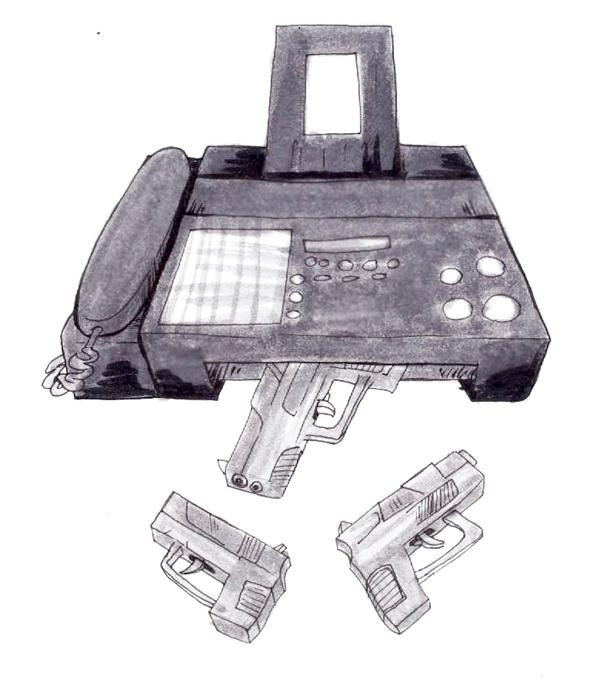The introduction of 3-D technology into any conversation usually evokes memories of movie theaters with goofy multicolor glasses, but a company named Defense Distributed is trying to change that. They are taking Second Amendment rights to a new extreme by using 3-D printing to make guns available to all Americans. Defense Distributed hopes to make a “wikiweapon,” a blueprint for a 3-D printed gun, to be
released as free, open-source software.
This technology has been around for decades now and works by adding layers of plastic polymer, millimeters thick, on top of each other. Plastic might not sound durable at first, and you would be right, a gun manufactured this way poses many serious risks. Guns made this way need not be made entirely of plastic and could make use of scrap parts to avoid serial numbers, making the guns difficult to trace.
Guns made of plastic would also be extremely easy to obtain as DIY 3-D printers can be bought
for as cheap as $1000. Most frightening is the concept of uncontrolled manufacturing of guns made entirely of plastic which are not detectable by civilian technology such as metal detectors. This could potentially spell disaster for public safety at events and for gang activity. While violent crime
groups already have no problem working around America’s gun-regulation laws, this new technology will now allow the opportunity for more exploitable avenues for profit.
An undetectable gun made from plastic made for less than $1000 sounds frightening until you consider the current availability of guns. Many guns for sale can be bought for a much smaller price and are
much more reliable. Would you rather use a gun manufactured by Beretta or your techie cousin Barry? Plastic polymers in use by many commercial printers are not able to withstand the high temperatures that are a consequence of firing a gun. A gun is a tool that uses precise parts to make a controlled
explosion which could be deadly to the user if not properly manufactured and machined. Methods of printing that create more sturdy products are too expensive for non-industrial use.
In addition to these obstacles, 3-D printers are extremely slow. Something as complex as manufacturing a handgun might take a few days to finish printing. Printers could feasibly be used to make casting molds, but fabricators would still need access to a furnace and someone to machine the parts. This is where the actual danger stands when considering the consequences of digitally homemade guns, but manufacturing
would still be more of a hassle then obtaining a gun legally or illegally.
All ideas of consequence aside, this effort by Defense Distributed seems to be a proof of concept that challenges the way we view firearm regulation as well as the ramifications of exponential technology
growth. 3-D printing is still in its infancy and this project could skyrocket the hobbyist market enough to make 3-D printers as available as laser printers.
These 3-D printers can be bought cheaply, but mass production will stay in the non-digital realm. It might look like the world wide west is coming, but guns have always been in our backyards, whether or not they come out of a PDF file.








